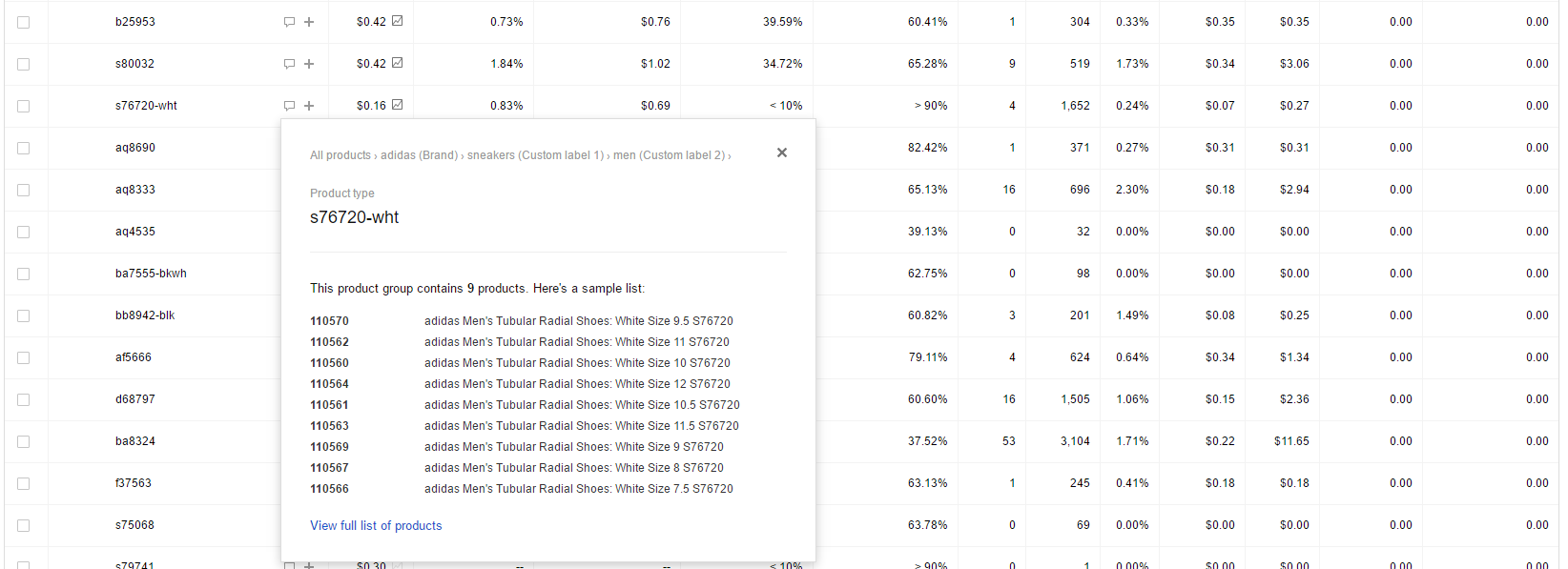Wow does time sure fly. It has felt like a blink of an eye since we last posted about holiday preparations for Google Shopping.
Though our 2016 Google Shopping Holiday Optimization Checklist is comprehensive enough that you can use it again this year just as you did last year, there are a few updates to Google Shopping that are worth mentioning. .
Remember: it’s never too early to start thinking about holiday optimization for Google Shopping.
Some of the most substantial selling periods for online retailers happen within the August to December time frame.
It starts in August with “Back to School” promotions; from there, you’ll need to quickly prepare for Black Friday, Cyber Monday, Christmas, and any end-of-year promotions. And before you know it, 2018 will be here.
Fortunately, you can use these tips from now until the end of the year.
Customer Match for Google Shopping
The full release of Customer Match launched in May (2016). Essentially, Customer Match allows you to build audiences in AdWords using the email addresses of your shoppers.
The audience you build can then be used for remarketing purposes such as with RLSA, Dynamic Remarketing, or standard Display Remarketing.

I see Customer Match working best as an RLSA tactic wherein you simply add the audience to an existing Google Shopping campaign and then adjust bid modifiers according to how you see fit.
Why?
Well Google is only going to accept Gmail addresses.
When combined with Google Shopping, Customer Match will retarget those Gmail accounts and display your Shopping ads to what you already know are qualified shoppers. An increase bid modifier is highly recommended due to the obvious quality of the audience.
You don’t have to limit your use of Customer Match to Google Shopping. It was first available as a tactic for Gmail Ads and could potentially be used for Text Ads and Display.
Price Comparison
You may not want to hear this, but it’s an important consideration: You may want to consider lowering your prices. Lately, we’ve heard a lot more chatter about pricing; specifically, whether or not pricing is a ranking signal for Google Shopping.
As Google has never confirmed nor denied pricing as a ranking signal for Shopping ads this chatter is entirely theoretical.
Whether or not this turns out to be true, there is a more important message to be heard here: Google Shopping is a Comparison Search Engine. Put yourself in the shoes of the savvy shopper– what ad are you most likely to click?
Ari Shpanya, co-founder of HomeShare and Zent, dove into great detail in an older post about repricing in E-Commerce. His positioning on the subject was quite sound as he related the importance of repricing in comparison to competing with E-Commerce megalith Amazon.
Do you have to invest in a repricing solution or software? Not necessarily, but you should definitely do some competitor research and see where you stand in the crowd.
Making your prices more competitive while staying within your desired margins can wind up improving Click-Through-Rates and Conversion Rates in your Google Shopping campaigns.
Device Purity Google Shopping
If you’ve been running Google Shopping campaigns for quite some time, there’s good news. You have a major advantage compared to more recent adopters: your wealth of historical product data.
Through the proper use of Segments and Dimensions in AdWords, you may want to consider reviewing past performance based on devices.
There’s two major reasons why you should always analyze device-segmented data in Google Shopping:
- Your analysis can provide valuable insight into shopper behavior and whether your website is providing the best possible experience for mobile users.
-
And speaking of mobile optimization, you can also optimize your Google Shopping campaigns by manipulating bid modifiers or building entire campaigns dedicated to select devices.
I spoke about this at greater length in an earlier post all about Device-Pure Google Shopping campaigns.
Campaign Restructuring
We believe in Pure-ID Google Shopping and it is something we are not only known for, but we’re the only ones that do it.
It can be harder to scale Pure-ID for those with larger inventories or for you do-it-yourselfers out there. However, it’s absolutely worth the effort; a granular approach will only serve to strengthen your Google Shopping campaigns.
Overly structured or heavily-grouped Shopping campaign styles leave a lot of room for error. While it may be easier to apply and update one bid for a large group of products, it often winds up leading to a ton of wasted ad spend.

Why?
Let’s say you have 10 products grouped together and both with the same top-level bid. Each of those products varies greatly in price and margin. If they remain rolled up in one group without any further subdivision, you could wind up bidding higher on products that are simply eating ad spend without converting.
Many times, there is no easy way to fix an already unoptimized Shopping campaign structure. More than likely you will have to build new campaigns and transition budget and priority slowly.
If that is the case, take a look at our post and key in on the rule of 2’s.
Remember, when it comes to optimizing and prioritizing your campaigns, there’s no time like the present – you don’t want to be making massive adjustments to your campaigns a week before Cyber Monday.

